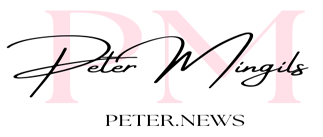A short history of the audio book
In 1920 the Royal National Institute for the Blind in England was allready doing research on how to create audio books for the blind. At that time there were a lot of ex World War 1 soldiers who had gone blind as a result of the fighting. In 1926 the RNIB started to use LP?s to record audio books which could be played on record players (the kind with the big horn, you had to swing a handel a couple of times befor it would play).
In 1936 the ?Talking Book Service? was launched.The first two books were:?The murder of Roger Ackroyd? by Agatha Christie and Joseph Conrad?s ?Thyphoon?. The records used at the time could hold 25 minutes of spoken tekst, so they needed about 10 records for an average audio book.
In 1940 the studio used by the RNIB was bombed, and one month later a replacement studio was bombed as wel.The RNIB wanted to start publishing audio books again, but they needed certain materials which had been destroyed.
In America, the American Foundation for the Blind (AFB), had started producing audio books as wel, and they did send the much needed parts to help their English counterparts. Unfortunatly the shipment got lost during a bombing raid of the London harbour! A second shipment however did make it, and the RNIB was able to start again with the production of audio books.
In the sixties the audio books started to appear on casettes, and later, after the infention of the compact disk player, on CD?s.
Nowadays the audio books have become more are popular then ever befor, in spite of their age. One of the main reasons for their ever growing popularity is the fact that audio books can be downloaded straight from the Internet. There are a good few audio book publishers who provide this service, and it looks like their on to a winner.
Audio books, more then 70 years old and still gowing strong.

Be the first to comment on "The revival of the audio book."